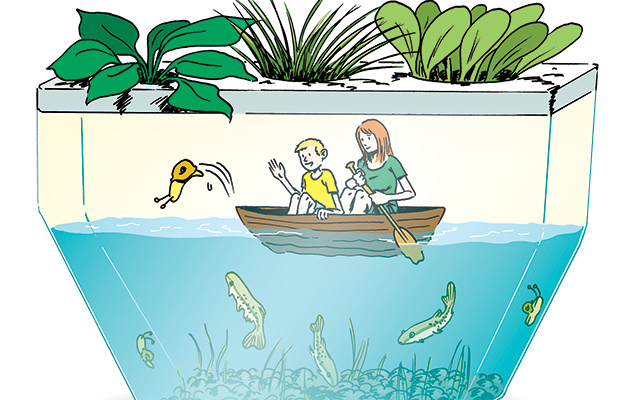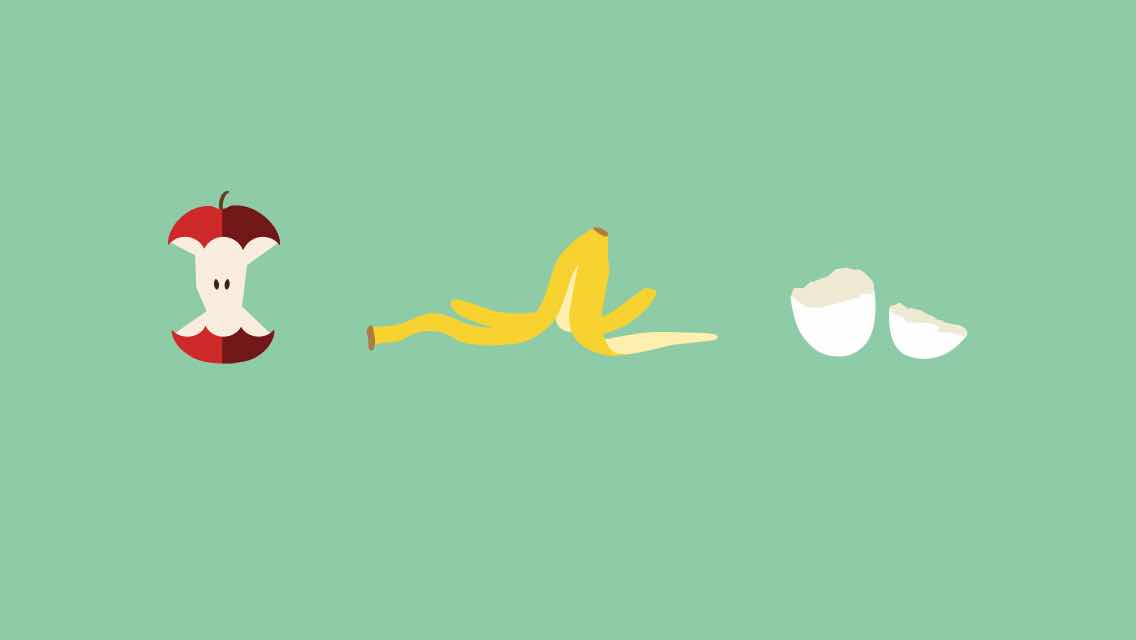One of my very first assignments when I joined the Experience Life team as an editorial intern back in 2005 was to read back issues of the magazine. The goal was to get familiar with the topics we cover; to immerse myself in the publication’s philosophy, voice, and tone; and to learn how it was different from other health and fitness magazines.
Nearly 12 years later, there are still stories I clearly remember from that homework, largely because they introduced me to ideas and perspectives about healthy living that transformed how I approach many aspects of my daily life.
“Talking Trash” is one of these articles. Published in the March/April 2003 issue, the piece delves into the environmental costs and the negative health effects of the massive amounts of garbage we generate in the United States. (Read it online at “Talking Trash“.)
Eye-opening statistics stuck with me, like the fact that the average American produces 4.4 pounds of waste per day (this still holds true) and that just 28 percent of our nation’s garbage gets recycled or composted (it rose to 34.3 percent in 2013, according to the Environmental Protection Agency). I was shocked by the amount of pollution created by our trash and the processes designed to dispose of it.
I’ve always been of the mindset that “less is more,” mainly because I’m not a big fan of clutter. But this information forced me to be more aware of the environmental impact all our stuff has on the world. It led me to pay closer attention to what I throw away and where, and to become a more conscientious consumer. I realized there was a whole lot more I could be doing to leave a lighter footprint — and that my family and I might just be healthier for the effort.
This started us down a path of making more concerted eco-friendly efforts, not just about the trash we generate, but also the energy we use and food we consume.
When we remodeled our 1950s home, for instance, we put in energy-efficient windows and an air-source heat pump, which produces up to three times the heat as the amount of energy it uses. We opted for a water-saving front-load washer, LED lights, and low-VOC paints.
We invested in high-quality furniture that would last for decades instead of years, including a hutch my mom found for us on CraigsList, which is my favorite piece in our home. (For helpful tips on how to consume less, like “go for quality,” see “The Art of Enough”.)
A few years ago, we put in a garden so we could grow at least some of own veggies when the Minnesota weather allows, and we began composting — a process that’s much easier and a lot more rewarding than I expected. (Learn how to start composting.)
We buy organic and in bulk whenever possible, use cloth grocery bags, aim to keep impulse buying to a minimum, and we recycle and compost as much as we can.
All this being said, I still have $200 Target trips, where I walk out with way more than what’s on my list. But those statistics I mentioned earlier are always on my mind — and I’m committed to doing my part to responsibly donate or dispose of my purchases when the time comes. Because the less waste we create, the healthier our planet, and each of us, will be.




This Post Has 0 Comments